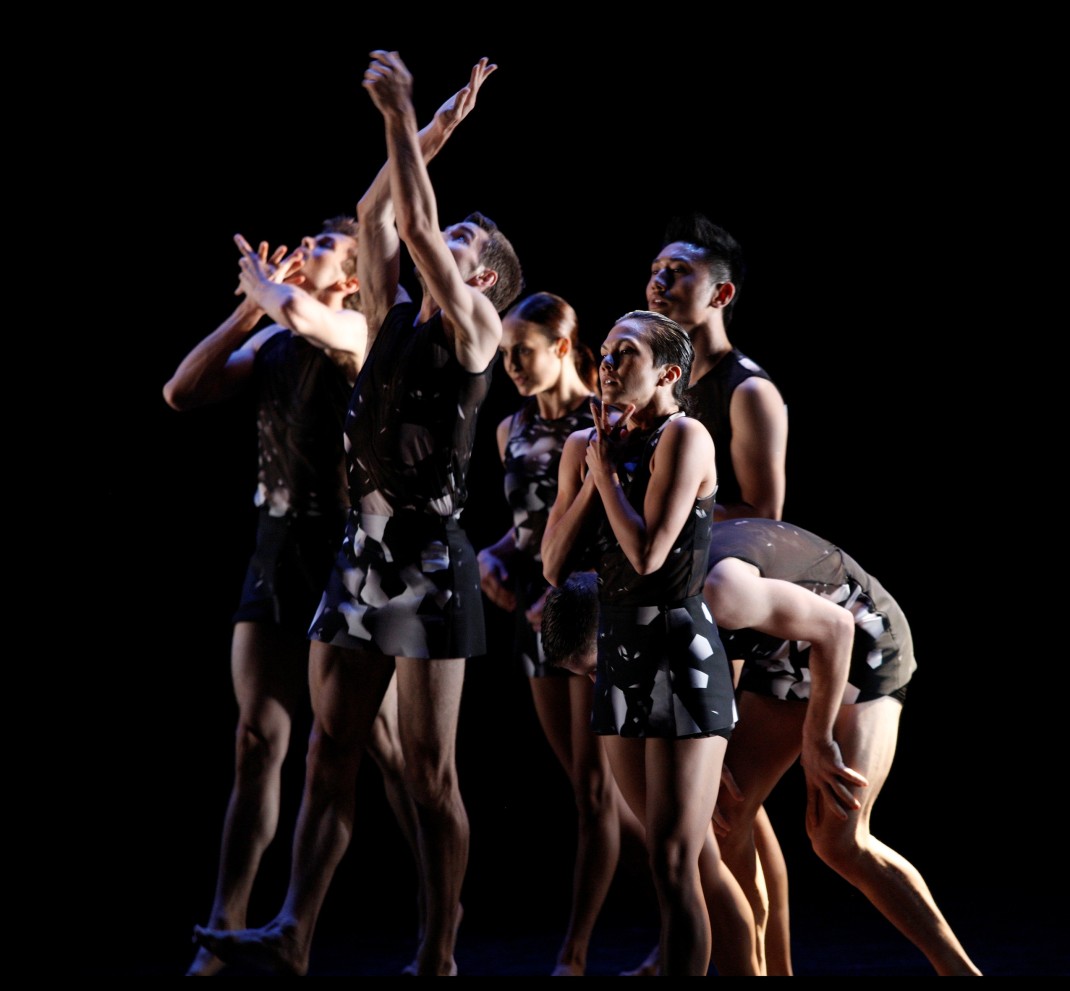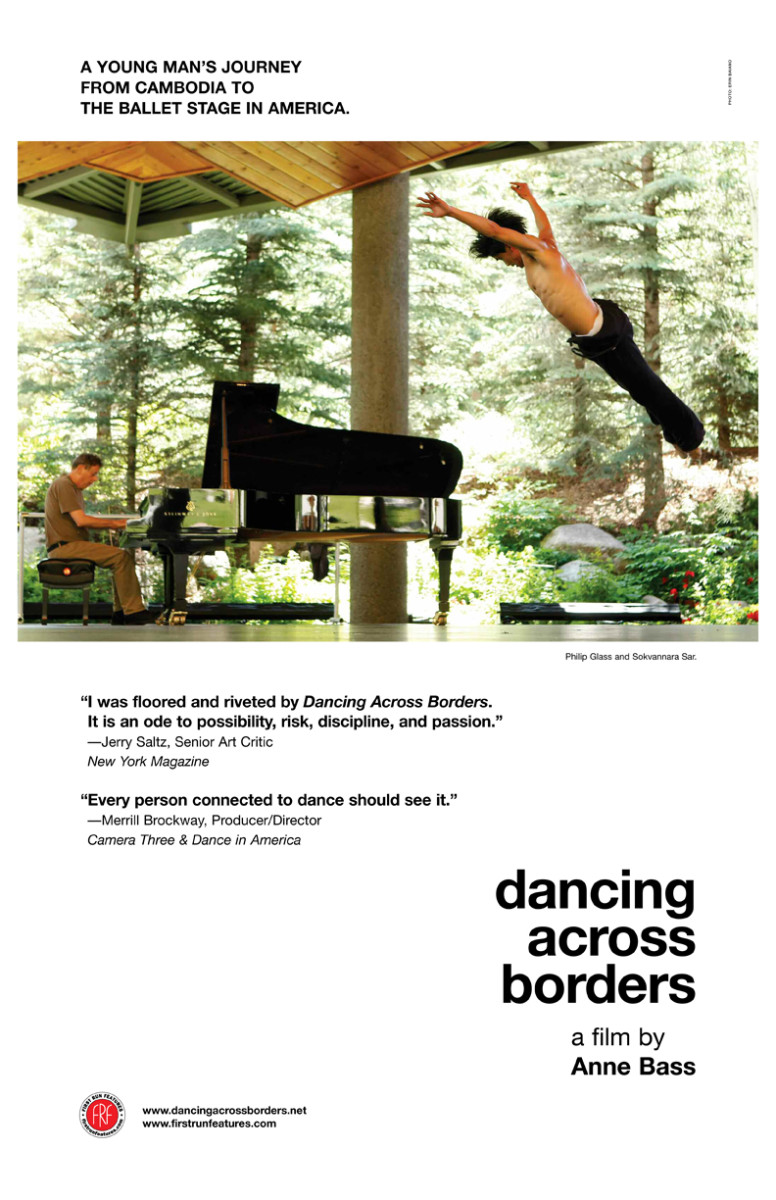In 1951 Jacqueline Lee Bouvier, later to become Jacqueline Kennedy, won Vogue magazine’s Prix de Paris for a short essay entitled ‘People I wish I had known’. She wrote about three men, one of whom was Serge Diaghilev. She described him as an ‘alchemist unique in art history’. Kennedy is not alone in naming Diaghilev as a man of singular importance in the development of the arts in the West. The Australian-born writer and cultural critic Clive James included Diaghilev in his recent collection of essays, Cultural Amnesia, for example. And one of Diaghilev’s biographers tells the story of the vegetable seller at Covent Garden who said to him, ‘Did you know Daggyleff? He was the greatest dancer that ever lived.’
Neither Jacqueline Kennedy, nor Clive James, nor the unnamed vegetable seller knew Serge Diaghilev personally and yet for each the name Diaghilev resonated in a particularly powerful manner. It is now 81 years since Serge Diaghilev died in 1929, so what was it about this man and his exploits that continues to have an impact across continents, professions and social strata?
The obvious answer is that Diaghilev changed the face of dance by establishing an aesthetic of collaboration such as the dance world had not previously known, and in so doing surrounded himself with the most innovative thinkers and artists across all fields of endeavour. The year 2009 saw the centenary of the first Paris season of his famed Ballet Russe company and the world has been flooded with exhibitions and publications celebrating that event and its ongoing influence. More are planned for 2010.
But in addition, Diaghilev had personality plus! And it is this aspect of his life that comes out very clearly in Sjeng Scheijen’s biography Diaghilev: a life published in 2009. It is in fact a beguiling book. It places the whole Diaghilev enterprise in a very personal context—the troubles, the strife, the arguments, the sex, the weeping, the dramas, the networking, they’re all there. I probably didn’t learn all that much more about the works in the Diaghilev repertoire and this might be seen as a limitation of sorts. But I did learn much about the social and personal environment in which that repertoire got to the stage and Diaghilev’s personality grew bigger and bigger and more and more complex as the book continued.
My favourite anecdote, however, is a somewhat surreal one. It concerns the persuasive Misia Sert, pianist, patron and one time wife of painter Jose Maria Sert, and her input into Red Cross efforts during World War I. It is surreal in its juxtaposition of art and reality. It reads:
‘Many celebrated artists entered military service, though few fought at the front. Most joined army nursing corps or signed up with the Red Cross. Misia managed to persuade her couturier friends to provide a number of vans, which she converted into ambulances. Manned by artists and socialites, they sped to the aid of troops in northern France. Her nursing staff included Cocteau, sporting a natty little uniform designed by the couturier Poiret. Maurice Ravel also drove an ambulance, though in a regular army unit. Ida Rubinstein, too, worked as a nurse, though her uniform was designed by Bakst.’
The main strength of the book is the depth of research that has gone into its creation. It draws on sources, many of them valuable primary resources from Russia, which have not been and are still not easily available to other researchers. These sources make this biography quite unique. However, the use of personal material is not without its problems and in my opinion any publication that relies heavily on very personal material such as letters, diaries and the like needs to be taken with a grain of salt and its sources considered and reconsidered, checked and rechecked against other material. Scheijen relies heavily on such material and little else, which makes me wonder whether or not the book will in the future be seen as a collection of gossip and anecdote. Nevertheless, the book is a great read.
One little annoyance: I disliked finding reference to Le Boutique fantasque. The name of the work is beautifully written with the adjective beginning with a lower case ‘f’ as is absolutely correct from a French language point of view. But as far as I know ’boutique’ has always been feminine gender—’la boutique’.
I also puzzled for a while over how Diaghilev could have seen the Olympic Games in Athens during a trip to Europe in 1906, as Scheijen observes, when I had always believed that Athens hosted the Olympics in 1896 and that 1906 was not an Olympic year. But the puzzlement was my ignorance. Eventually I discovered that Athens hosted an ‘Intercalated Games’ in 1906. The argument about whether or not the 1906 Games were really ‘Olympic’ has been an interesting side-step for me.
Michelle Potter, 14 April 2010

